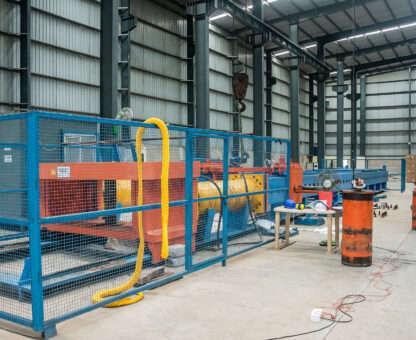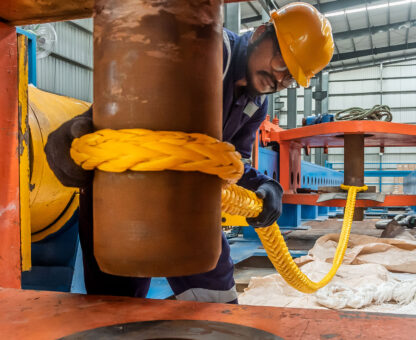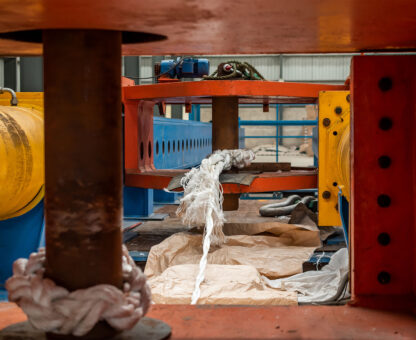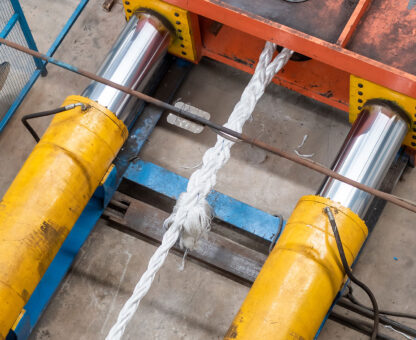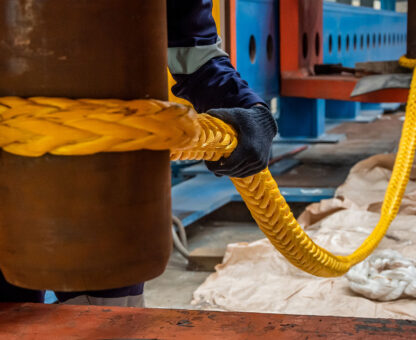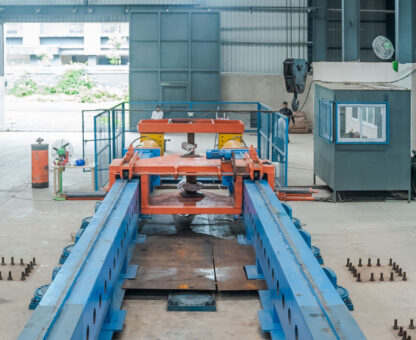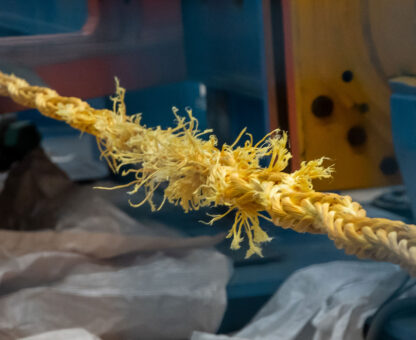The Rise of Smart Hooks and IoT in Lifting Equipment
The lifting industry is undergoing a significant transformation, driven by technological advancements. One of the most exciting innovations in recent years is the integration of smart rigging hooks and the Internet of Things (IoT) into lifting equipment. These developments are creating more efficient, safer, and smarter lifting operations.
In this article, we’ll explore how smart hooks and IoT are reshaping the world of lifting equipment, from real-time data collection to predictive maintenance, and the many benefits they bring to the industry.
What Are Smart Rigging Hooks?
Smart rigging hooks are advanced hooks embedded with sensors and IoT technology that enable them to collect and transmit data in real time. These hooks are designed to provide operators and managers with vital information, including load weight, stress levels, temperature, and more, during lifting operations.
Traditionally, rigging hooks have been simple mechanical devices with no digital capabilities. However, with the introduction of smart rigging hooks, operators can now monitor the condition of their lifting equipment and the load being lifted remotely. This technology not only enhances safety but also boosts operational efficiency by providing valuable insights into equipment performance.
How IoT is Changing Lifting Equipment
The Internet of Things (IoT) refers to the network of connected devices that communicate with each other via the internet. In lifting equipment, IoT enables machines and tools to share data in real time, providing operators and managers with a comprehensive view of the operation's status. This connected system can significantly improve both safety and productivity.
Here’s how IoT is transforming the lifting industry:
Real-Time Monitoring: IoT-enabled lifting equipment, including cranes and rigging systems, can transmit real-time data to operators and management teams. This includes information on load weight, lifting speed, and system health. With this information, operators can make immediate adjustments to optimize the lift or prevent accidents.
Predictive Maintenance: IoT technology allows for predictive maintenance by analyzing data collected from sensors in the lifting equipment. For example, if a smart hook detects unusual strain or temperature changes, it can send an alert to the operator or maintenance team. This predictive capability helps prevent unexpected equipment failures and extends the lifespan of machinery.
Enhanced Safety: IoT-equipped lifting systems can be programmed to monitor the condition of equipment continuously. Alerts can be triggered if the load exceeds safe limits or if there’s a mechanical issue with the lifting gear. This level of safety monitoring helps reduce human error, prevent accidents, and ensure compliance with industry regulations.
Data-Driven Decision Making: The data collected from IoT-connected lifting equipment provides operators with the insights needed to make informed decisions. By analyzing patterns in load lifting, equipment wear, and operational efficiency, teams can optimize workflows, plan maintenance schedules, and improve safety protocols.
Improved Asset Management: By integrating IoT with lifting equipment, organizations can better track their assets. Operators can monitor the location, usage, and condition of each piece of equipment, ensuring that resources are allocated efficiently and are used optimally.
Benefits of Smart Hooks and IoT in Lifting Equipment
Increased Efficiency and Productivity
Smart hooks and IoT in lifting equipment help improve efficiency by providing real-time feedback on lifting operations. With continuous monitoring and data insights, operators can adjust lifting parameters to ensure smooth, productive operations. This reduction in downtime, paired with optimized lifting processes, directly boosts productivity.
Improved Safety Protocols
Safety is always a top priority in lifting operations. Smart hooks provide operators with detailed information, such as load weight, stress levels, and potential hazards. IoT-enabled systems can alert operators to dangerous conditions, ensuring safer lifting operations and reducing the risk of accidents or equipment damage.
Cost Savings through Predictive Maintenance
One of the most significant advantages of IoT in lifting is the ability to predict and prevent equipment failures before they occur. Predictive maintenance reduces unplanned downtime and repair costs, as components are replaced or serviced before a critical failure happens. This not only saves money but also ensures smoother operations.
Enhanced Transparency and Reporting
The data gathered by smart hooks and IoT-connected systems offers a transparent view of all lifting operations. With detailed records of load weights, lifting cycles, and system performance, managers can generate comprehensive reports that help with compliance, audits, and performance evaluations.
Better Compliance with Regulations
Lifting operations are subject to strict safety regulations. Smart rigging hooks and IoT technology help companies maintain compliance by continuously monitoring load limits and equipment conditions. This reduces the likelihood of regulatory violations and helps maintain safe working environments.
The Future of Connected Lifting Systems
The integration of IoT and smart technology in lifting equipment is just the beginning. As the technology continues to evolve, we can expect to see more advanced features, such as AI-driven decision-making, more powerful predictive maintenance tools, and even greater automation in lifting operations.
For instance, future IoT systems could integrate with AI to analyze data patterns and suggest optimal lifting techniques in real time. Additionally, automation may allow cranes and hoists to adjust lifting parameters automatically based on real-time data, further improving efficiency and safety.
Conclusion
The rise of smart hooks and IoT in lifting equipment is a game-changer for industries that rely on heavy lifting and rigging operations. These innovations are enhancing safety, boosting productivity, and paving the way for smarter, more efficient operations. By embracing IoT technology and smart rigging hooks, companies can improve their operational efficiency, reduce costs, and ensure a safer working environment for their teams.
As the technology continues to advance, we can only expect to see more sophisticated connected systems and even greater safety measures implemented across industries. The future of lifting equipment is undoubtedly digital—and it’s time to embrace it.
Have a Project? Let’s Talk!
TESTING FACILITY
